Chinastar Pulls In New Fab Plans
While we had originally modeled April 2023 at the start date for the fab, we had planned for only relatively small production until July ’23. With the expected pull-in, we move the start date to October 2022 and a serious ramp beginning in January 2023. , and additional lines scheduled in 2023 and 2024. While pull-ins and push-outs are fairly common in the display space, we expect the optimistic view that panel producers have developed over the last year, a result of the rapid increase in large panel prices, will push timelines on new capacity projects further. While large panel prices may flatten and even decline, most panel producers remain in a profitable position, and the mindset does not change easily when profits are accumulating.
That said, big capacity projects like T9 can have a significant impact on the supply/demand curve and as such projects enter production overall production utilization can take a hit. If the IT panel market shows any signs of a real demand slowdown, and not one caused by shortages or the end of a shortage cycle, it will take some time before panel producers are willing to change their capacity increase schedules, and the industry could easily settle back into its more typical boom/bust pattern. Many panel producers believe its different this time due to COVID-19, which we admit has been true, but human nature is such that it reverts back to norms as soon as possible. Whether that is later this year or next will impact those decisions but not until it is likely too late to make substantial changes. Alea iacta est – loosely translated, passed the point of no return…









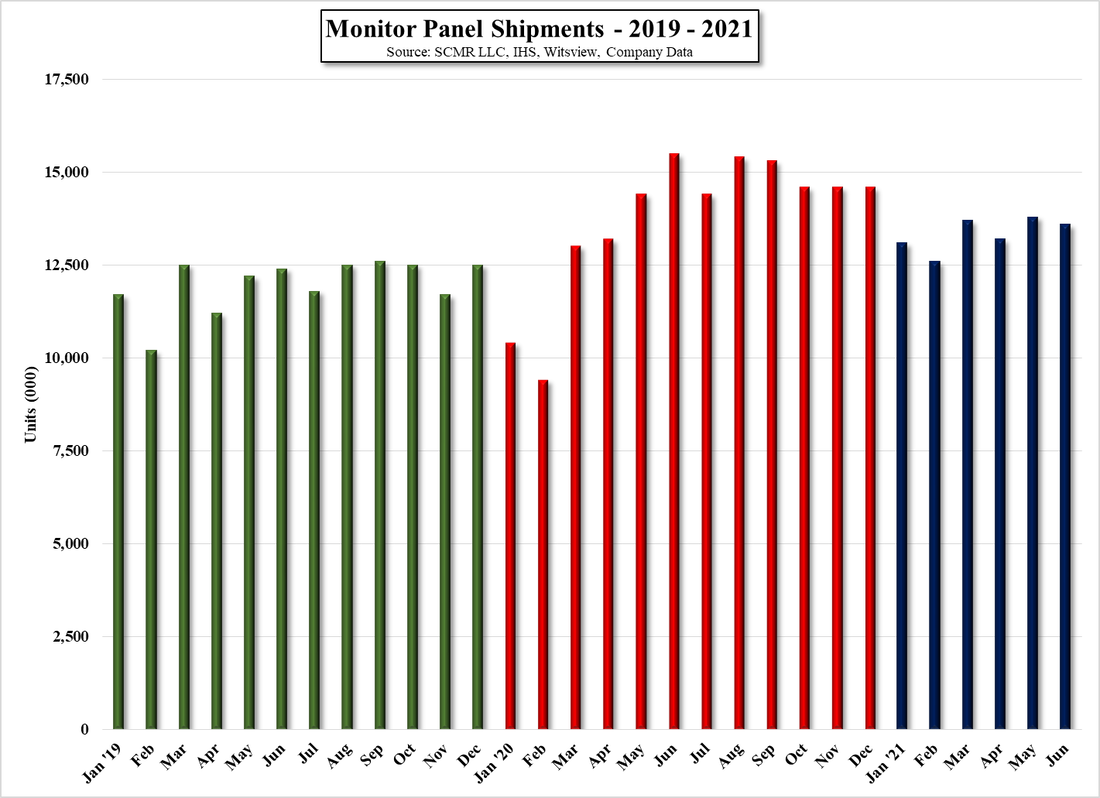
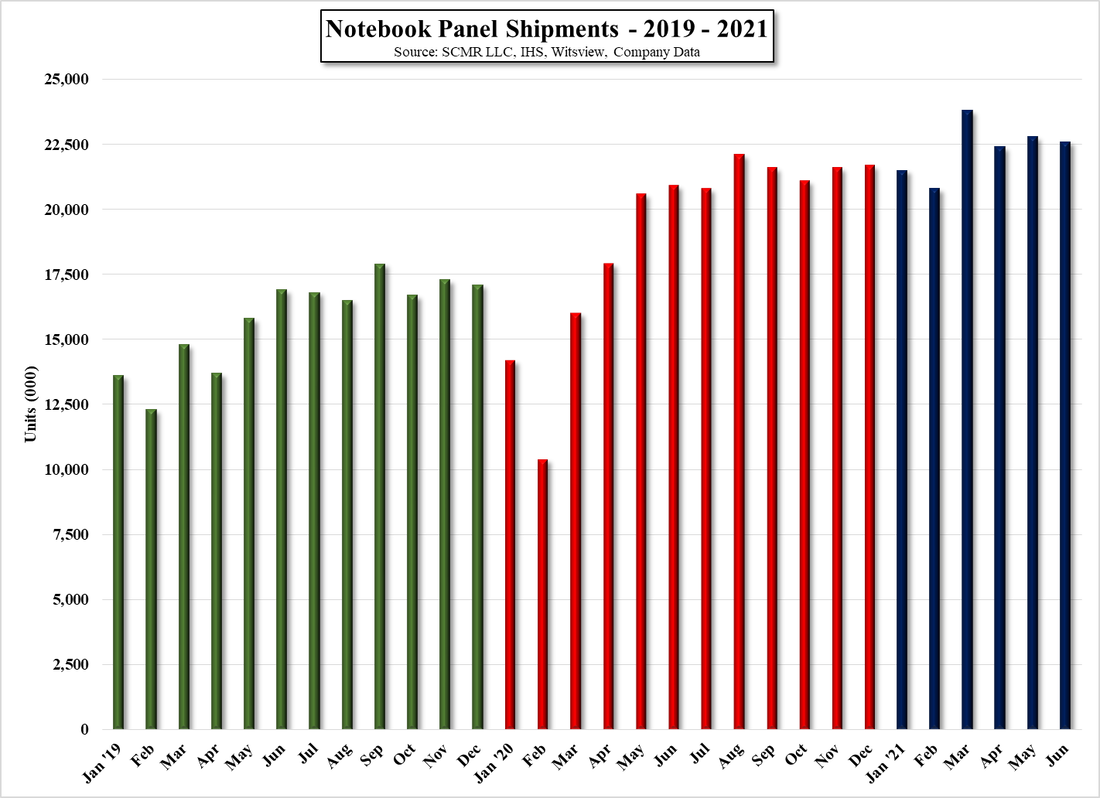
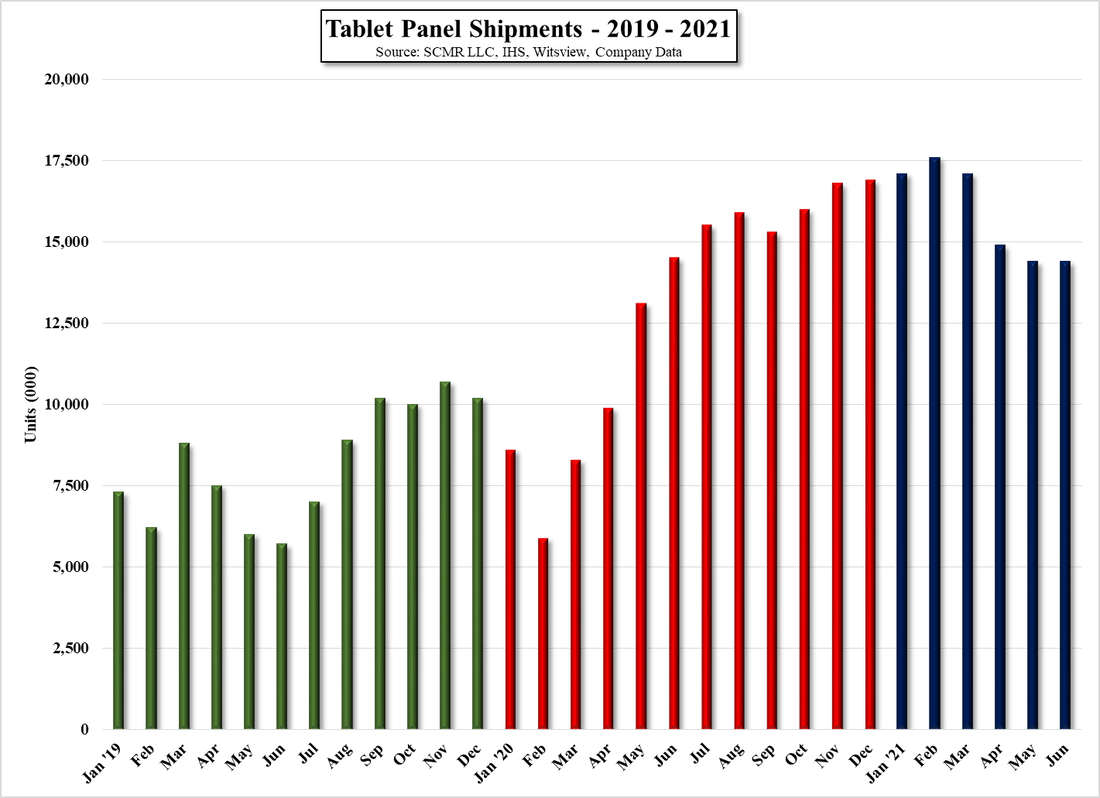
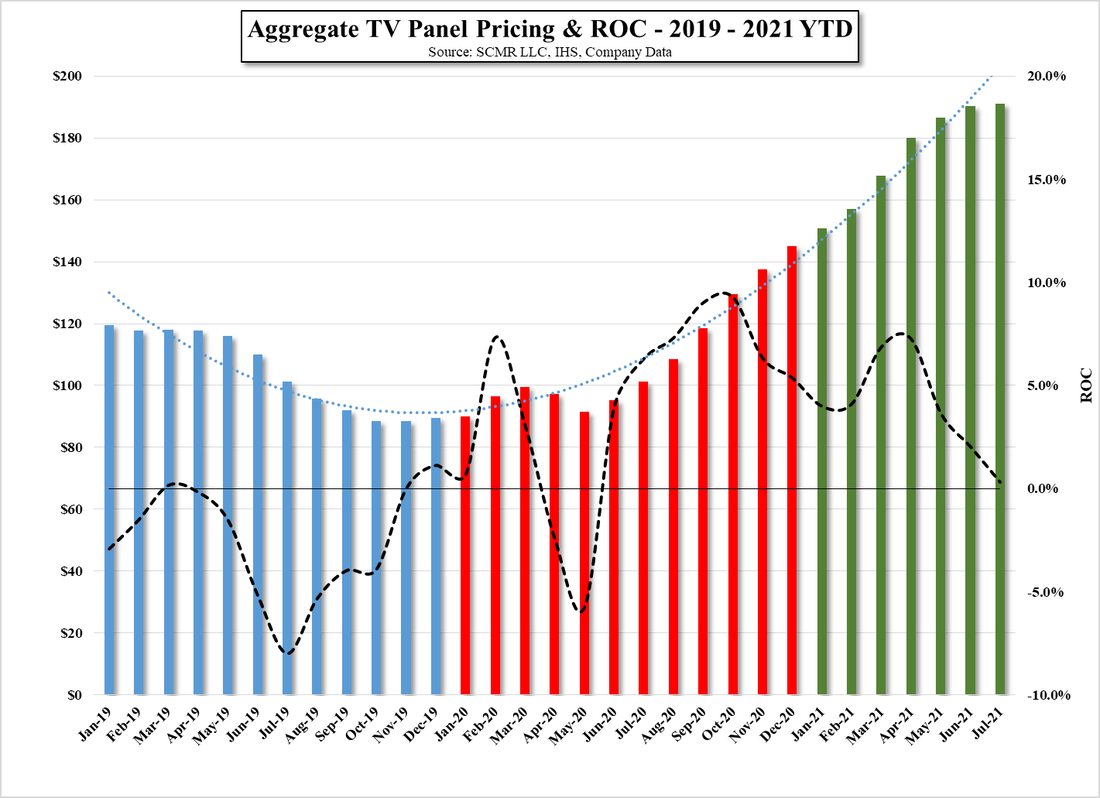
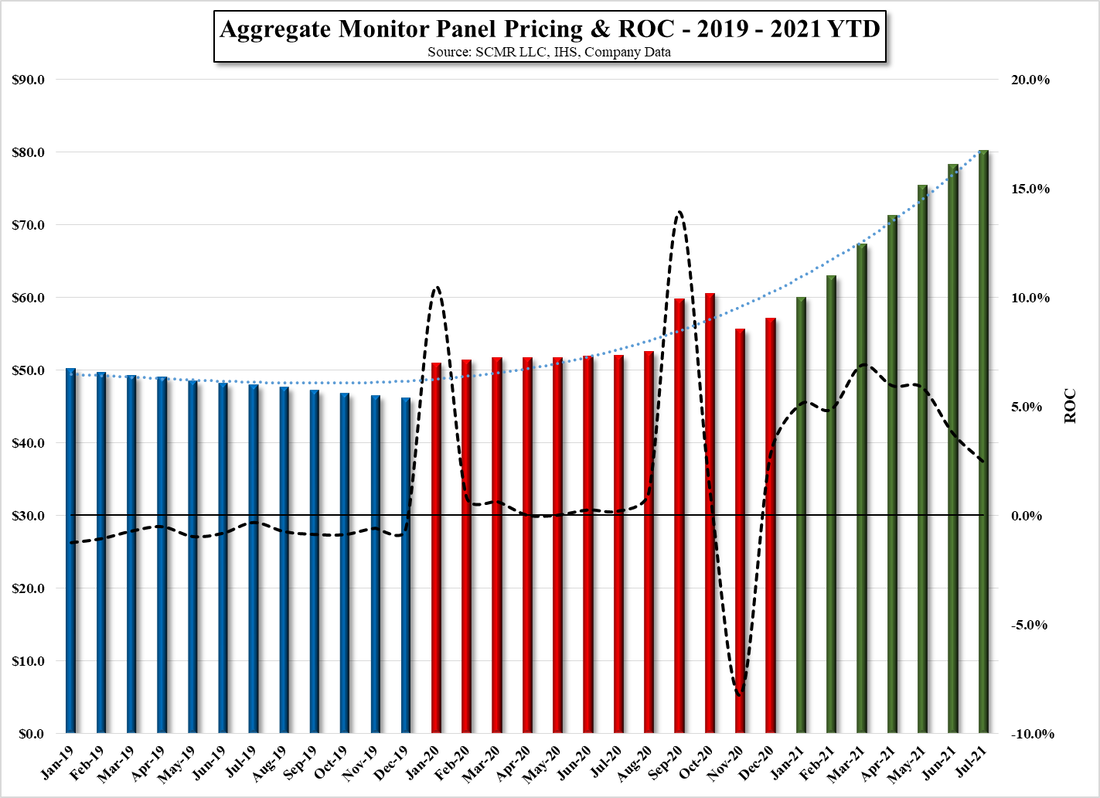
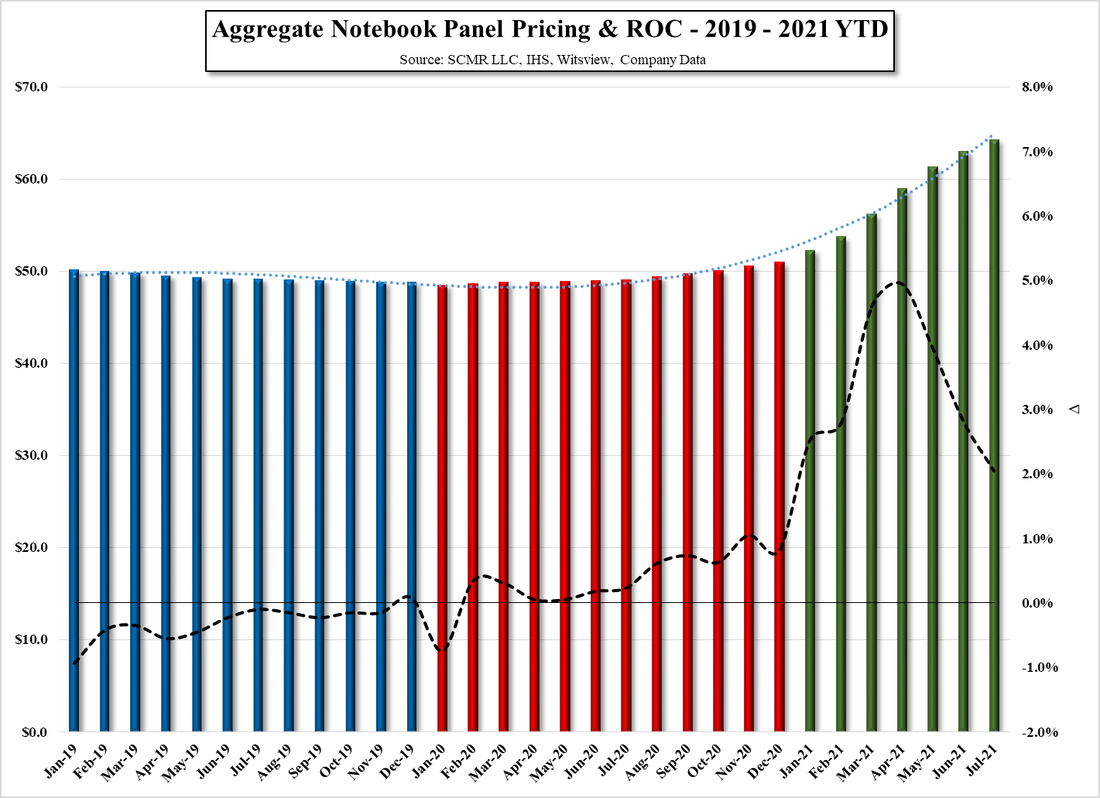






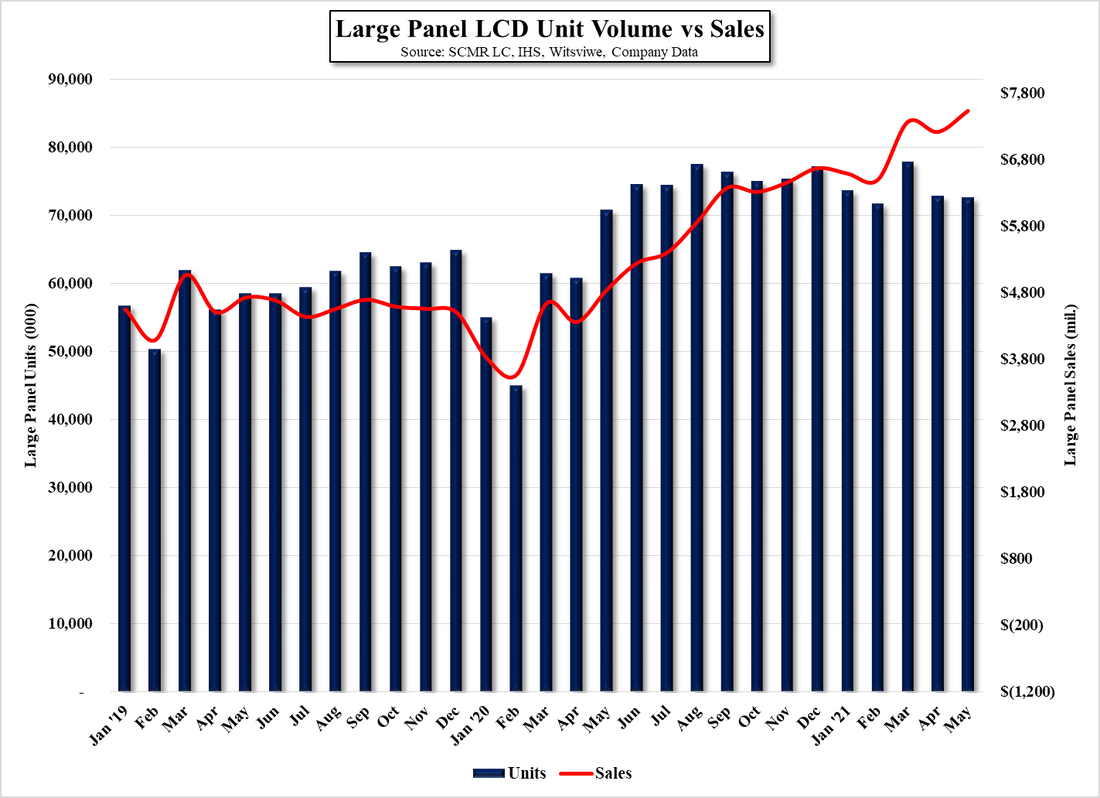
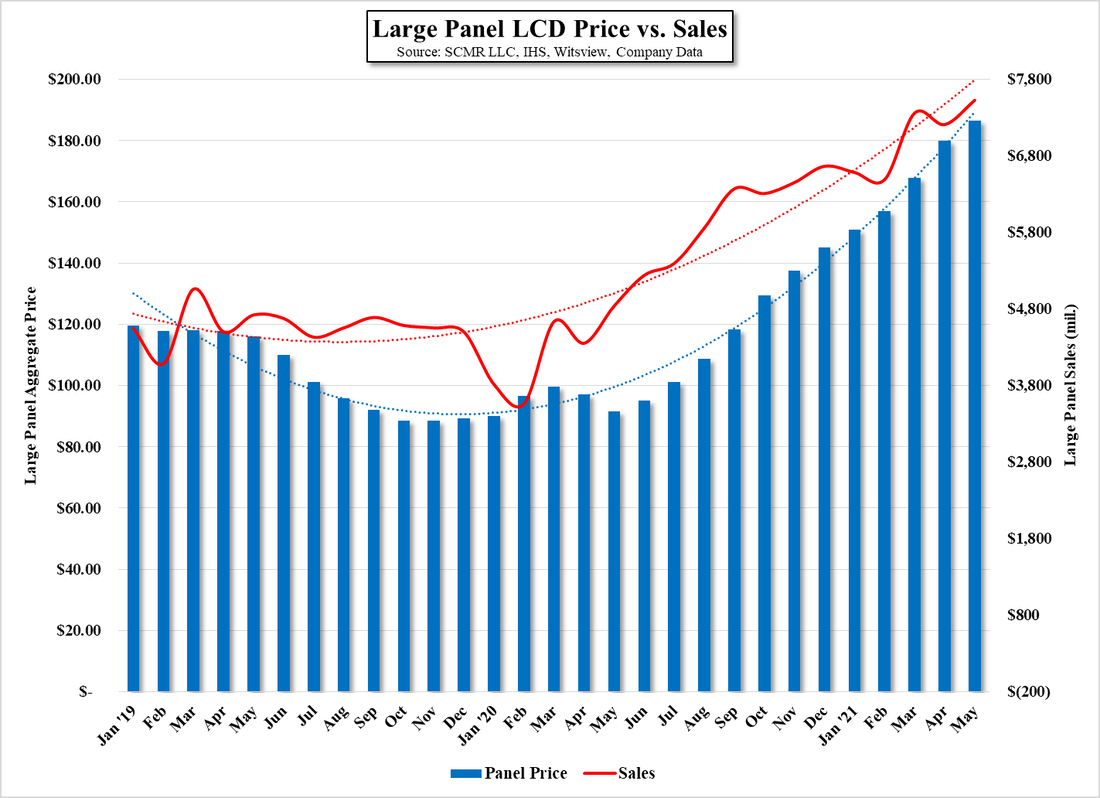
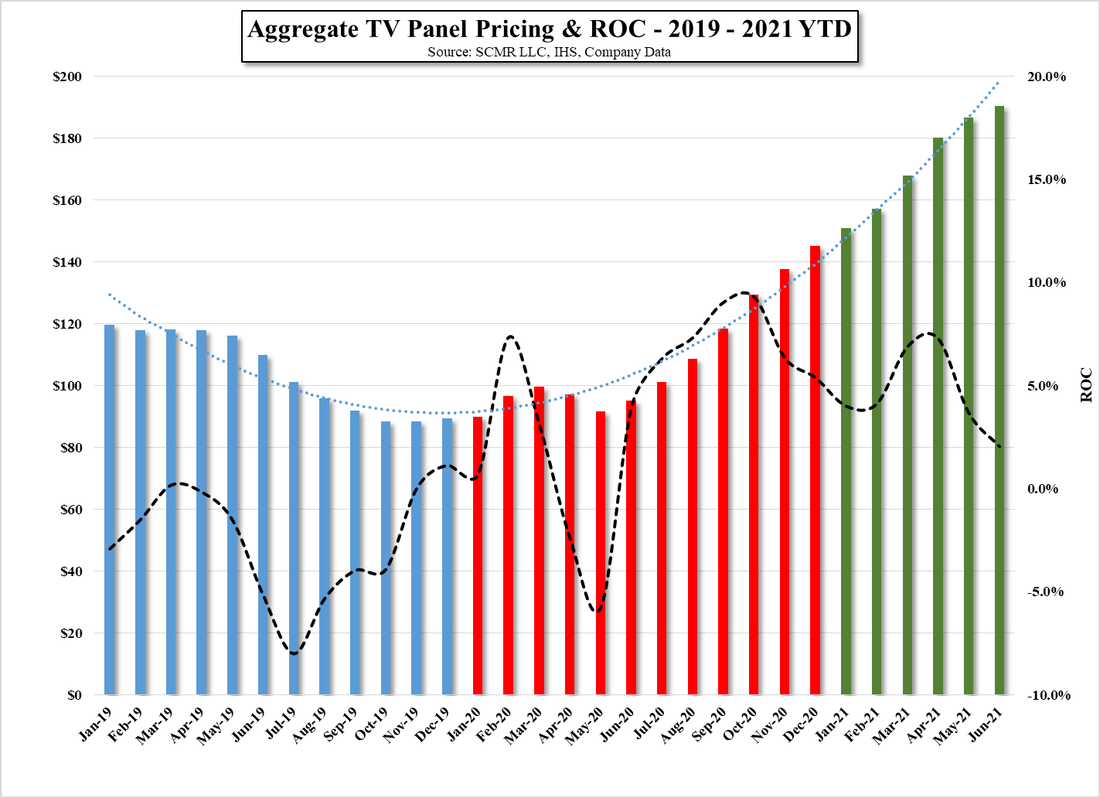
 RSS Feed
RSS Feed